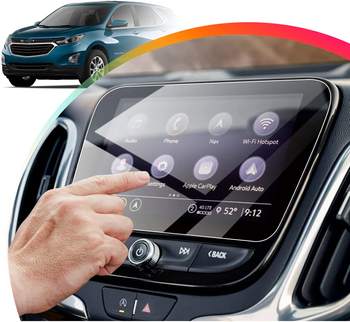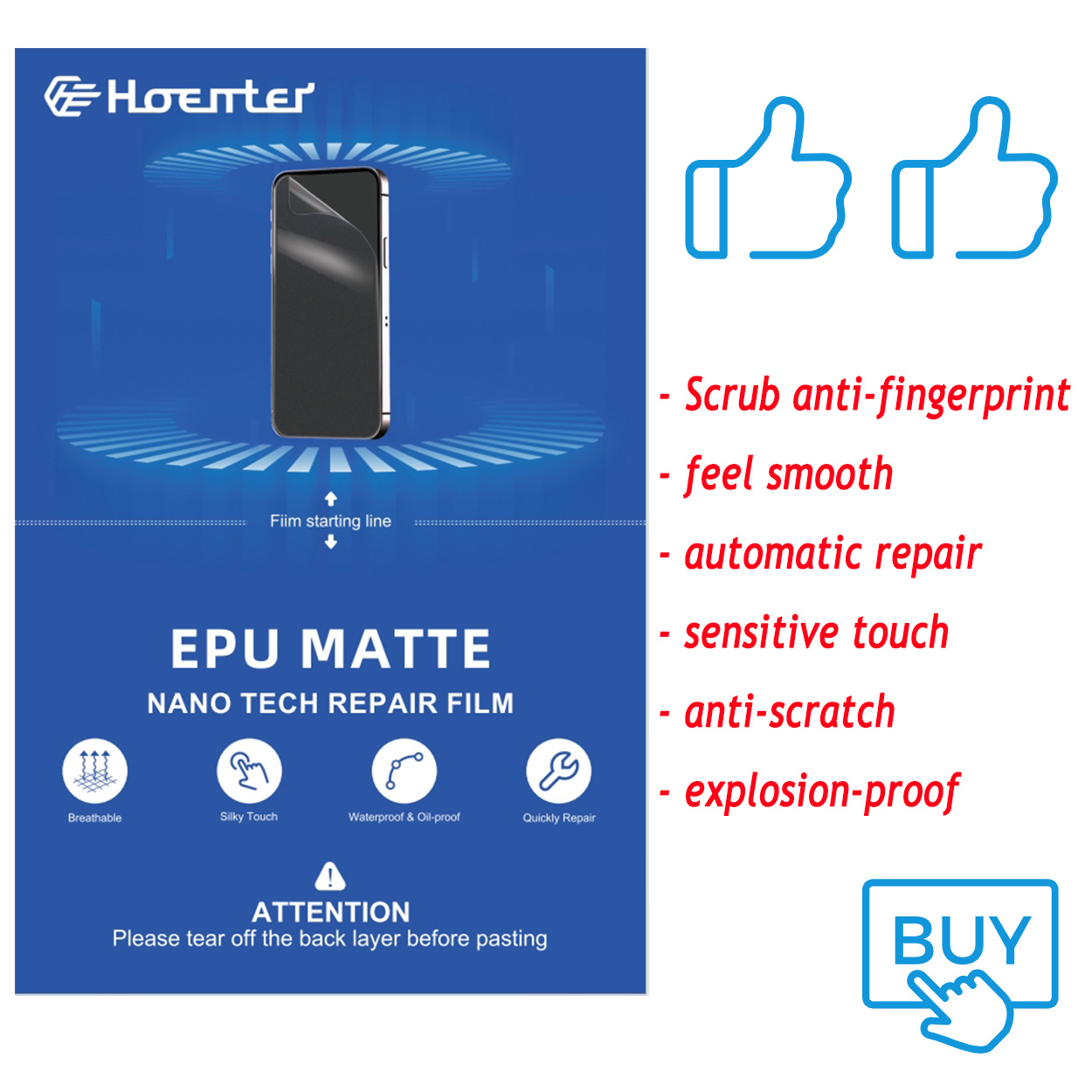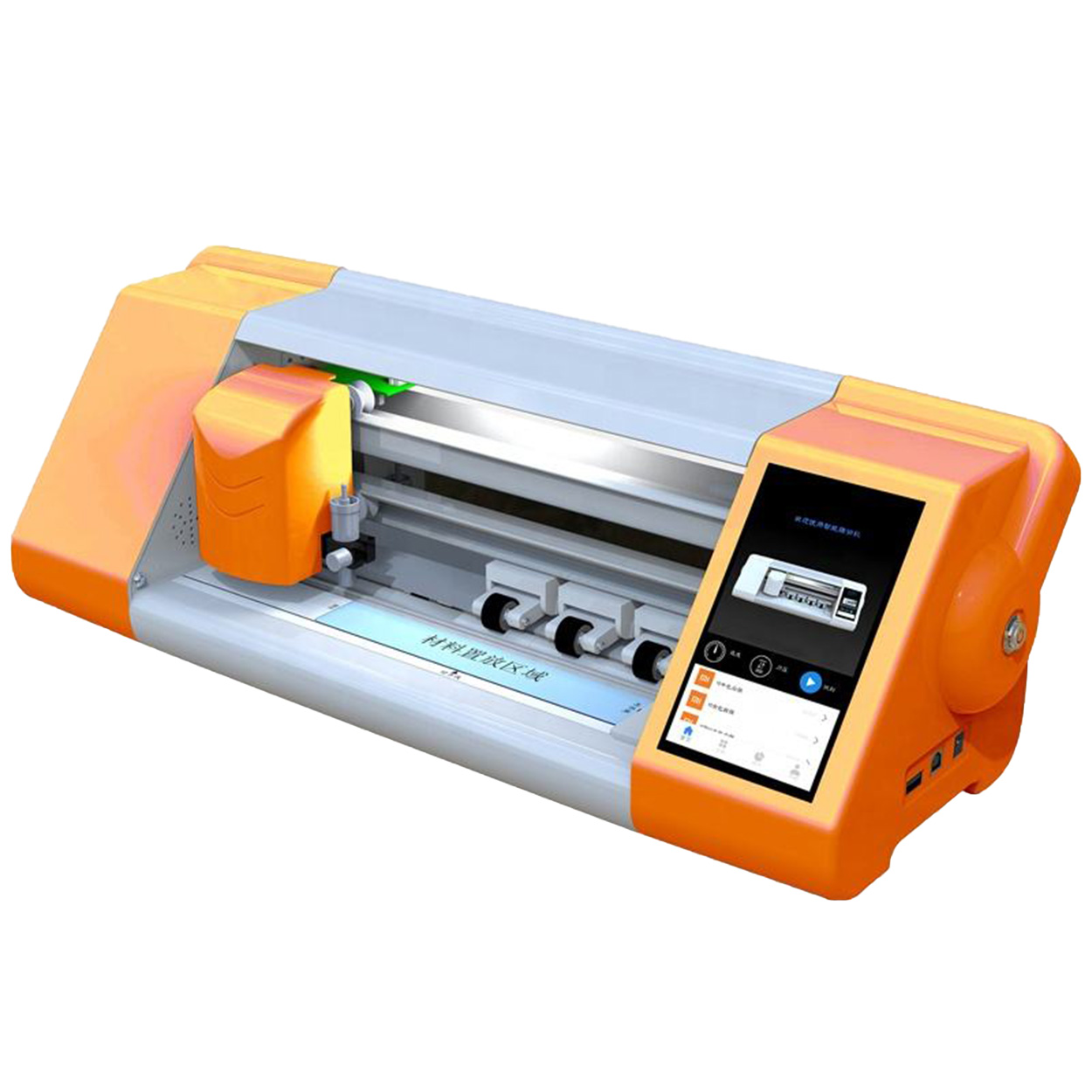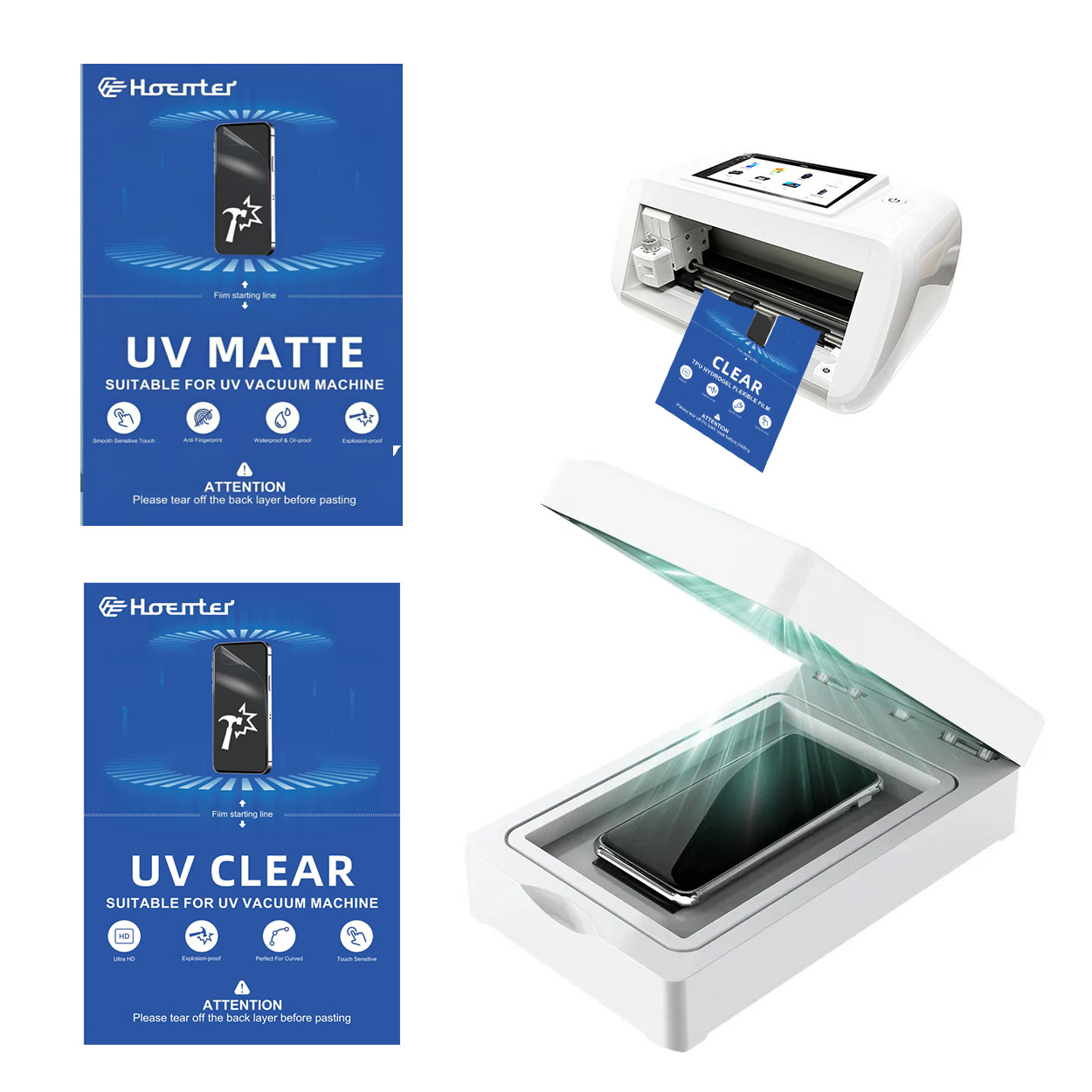
How to Get Air Bubbles Out of a Screen Protector?
Spis treści
Podsumowanie
- Cleanliness is crucial: Always clean your screen thoroughly before application.
- Take your time: Rushing can lead to mistakes and bubbles.
- Use tools wisely: A hair dryer and squeegee can be effective in removing bubbles.
- Consider quality: A high-quality screen protector can make a significant difference.
- Compatibility matters: Ensure your phone case and screen protector work well together.
What Causes Air Bubbles in Screen Protectors?
Air bubbles can form under a screen protector due to dust particles, improper application, or uneven pressure during installation. These bubbles not only affect the aesthetic appeal of your device but can also interfere with touch sensitivity.Dust and Debris
One of the primary culprits is dust. Even the tiniest speck can cause a bubble to form. It’s crucial to clean your screen thoroughly before applying the protector.Improper Application
Applying the screen protector too quickly or without proper alignment can trap air underneath. Taking your time and following a methodical approach can prevent this issue.
How to Prepare Your Screen for a Screen Protector
Preparation is key to a bubble-free application. Here’s how to get your screen ready:Clean Your Screen Thoroughly
Use a microfiber cloth and a screen cleaning solution to remove all dust and fingerprints. Ensure the screen is completely dry before proceeding.Work in a Dust-Free Environment
Choose a clean, dust-free area to apply your screen protector. A bathroom after a hot shower can be ideal due to the reduced dust in the air.Step-by-Step Guide to Applying a Screen Protector Without Bubbles
Applying a screen protector can be daunting, but with the right steps, you can achieve a flawless finish.Align the Protector Carefully
Start by aligning the protector with your screen. Most protectors come with guide stickers to help with this process.Apply Even Pressure
Once aligned, use a credit card or a similar object to apply even pressure across the screen. This helps push out any air bubbles as you go.Using a Hair Dryer to Remove Air Bubbles
A hair dryer can be a handy tool in your bubble-removal arsenal.Warm the Screen Protector
Set your hair dryer to a low heat setting and gently warm the screen protector. This can make the adhesive more pliable, allowing you to smooth out bubbles.Smooth Out Bubbles
Use a soft cloth to press out the bubbles, starting from the center and moving towards the edges.When to Remove and Reapply the Screen Protector
Sometimes, removing and reapplying the screen protector is the best solution.Assess the Situation
If bubbles persist despite your best efforts, it might be time to start over. Carefully peel off the protector and clean the screen again before reapplying.
Reapply with Care
Follow the same careful steps as before, ensuring the screen is dust-free and the protector is aligned correctly.How to Get Bubbles Out of a Glass Screen Protector
Glass screen protectors can be trickier due to their rigidity.Use a Squeegee
A small squeegee or a credit card wrapped in a cloth can help push out stubborn bubbles.Apply Gentle Heat
As with plastic protectors, gentle heat can help. Be cautious not to overheat the glass, as this can cause damage.Should You Get a New Screen Protector?
Sometimes, a new screen protector is the best option.Evaluate the Condition
If your current protector is scratched or damaged, replacing it might be the best choice for optimal protection and clarity.Consider Quality
Invest in a high-quality screen protector that offers better adhesion and durability.The Role of a Phone Case in Preventing Bubbles
A phone case can play a surprising role in bubble prevention.Choose Compatible Accessories
Ensure your phone case is compatible with your screen protector. Some cases can push against the edges, causing bubbles to form.Install Carefully
Install the screen protector first, then the case, to avoid any pressure that might cause bubbles.Common Mistakes When Applying Screen Protectors
Avoid these pitfalls for a smooth application.Rushing the Process
Take your time to ensure a perfect fit and bubble-free finish.Ignoring Dust
Even a small amount of dust can ruin the application. Always clean thoroughly.FAQs: Troubleshooting Screen Protector Issues
Why Do Bubbles Keep Forming?
Persistent bubbles can be due to dust or improper application. Ensure your screen is clean and follow the application steps carefully.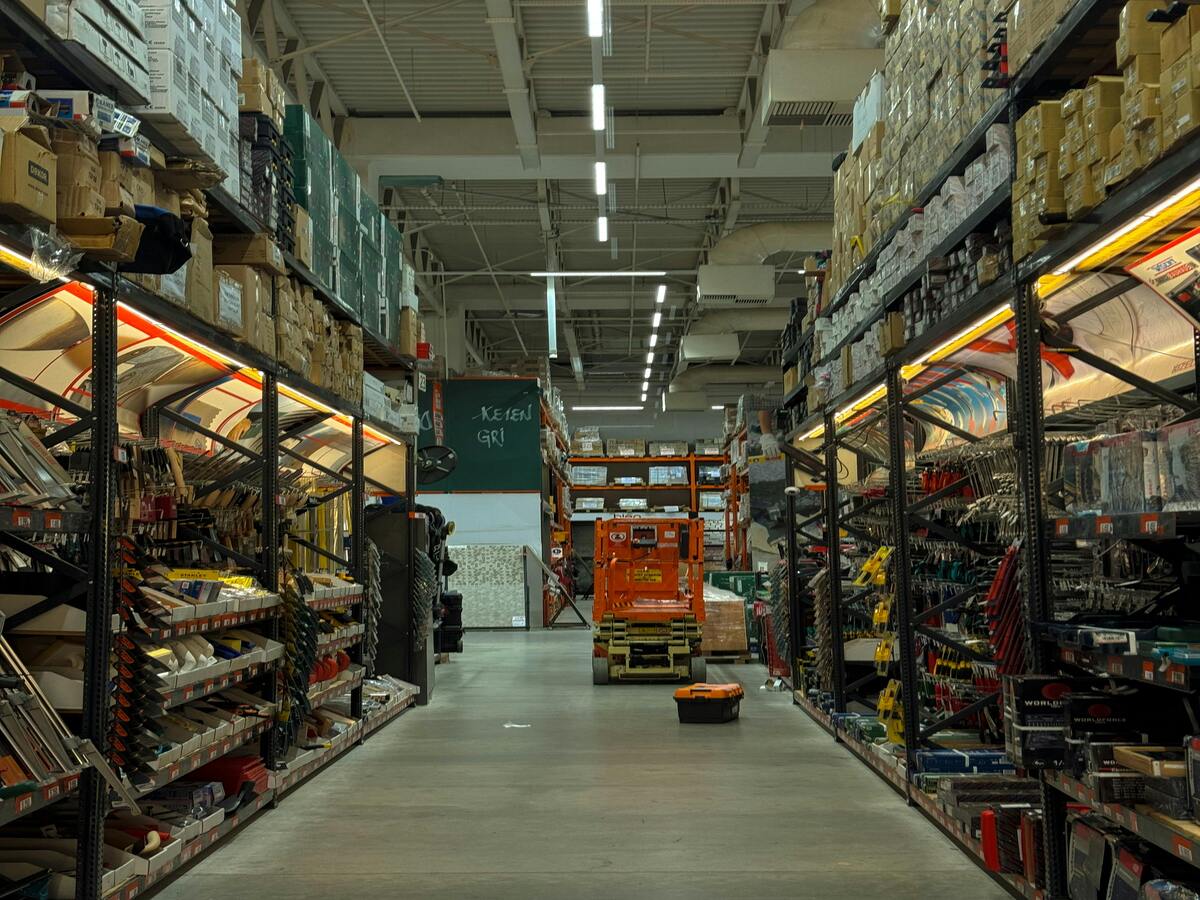
Can I Use Household Items to Remove Bubbles?
Yes, items like a credit card or a soft cloth can help smooth out bubbles effectively.Komentarze
Tagi

DIY kontra profesjonalista: czy warto zainwestować w przecinak do folii ochronnej?
Ochraniacze ekranu DIY pozwalają na dostosowanie i potencjalne oszczędności, podczas gdy profesjonalne opcje zapewniają doskonałą przejrzystość, łatwość instalacji i zwiększoną trwałość.

Idealne dopasowanie: Wskazówki dotyczące korzystania z noża do cięcia ochraniaczy ekranu
"Osiągnięcie idealnego dopasowania: Tips for Using Your Screen Protector Cutter" to kompleksowy przewodnik zaprojektowany, aby pomóc użytkownikom zrozumieć niuanse i najlepsze praktyki związane z używaniem maszyn do cięcia ochraniaczy ekranu.
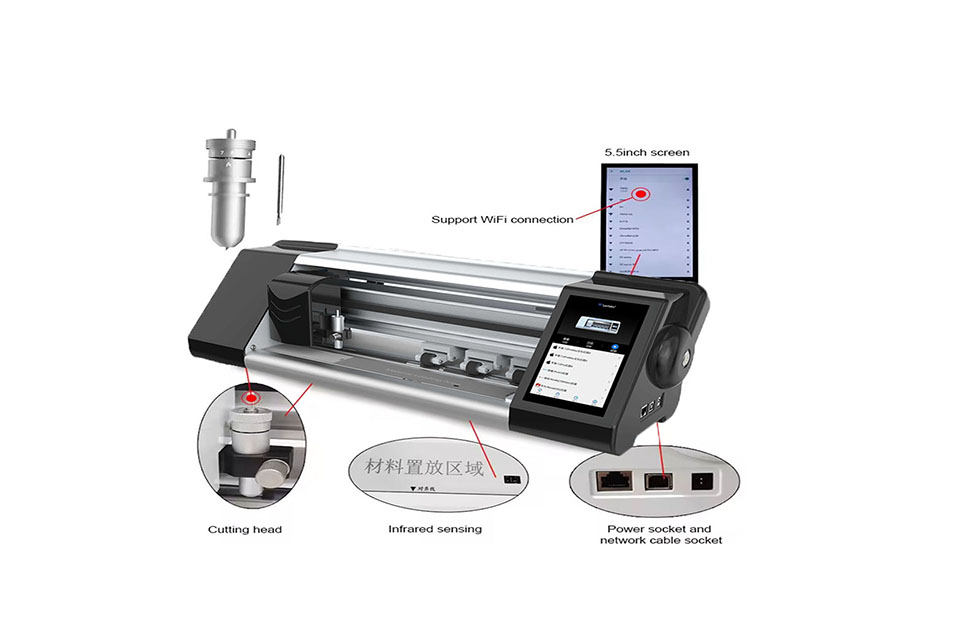
Maszyna do cięcia folii hydrożelowej a maszyna do cięcia szkła hartowanego
Maszyny do cięcia folii hydrożelowej są idealne do elastycznych, zakrzywionych ekranów i oferują opłacalną produkcję przy minimalnej ilości odpadów.
Maszyny do cięcia szkła hartowanego zapewniają najwyższą trwałość, ale wiążą się z wyższymi kosztami produkcji i ograniczoną elastycznością.
Integracja z chmurą w nowoczesnych maszynach zapewnia aktualne szablony i zwiększoną precyzję cięcia.
Maszyna do cięcia folii hydrożelowej Mietubl jest wiodącym wyborem dla firm poszukujących wszechstronności i dokładności w produkcji osłon ekranu.
Wybór między szkłem hydrożelowym a hartowanym zależy od konkretnych potrzeb urządzenia lub firmy, a każde z nich oferuje różne zalety i ograniczenia.
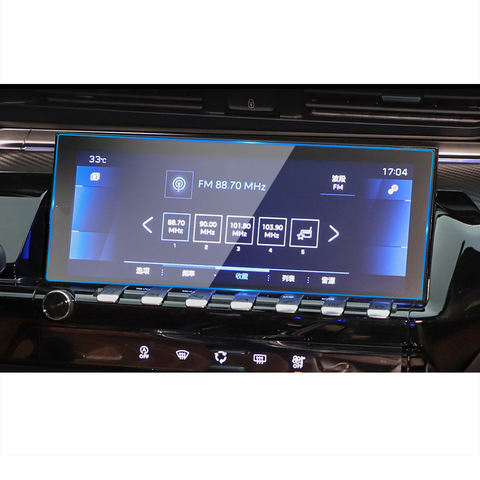
Baojun 530 GPS Dashboard Tempered Glass
Our Baojun 530 GPS screen protector is designed for a perfect fit. Made with tempered glass, it offers HD clarity and an oleophobic coating.
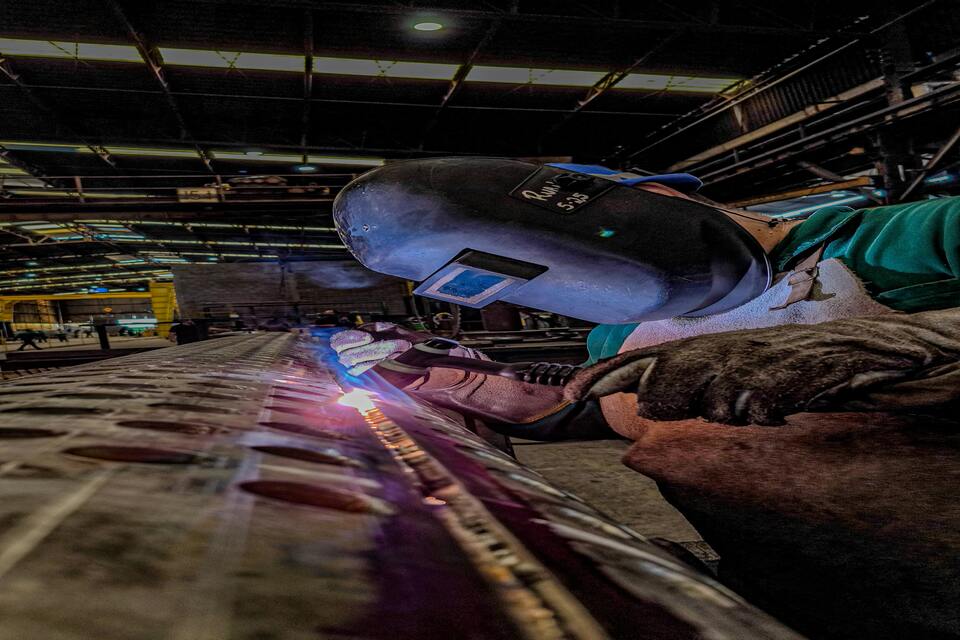
How to Get Rid of Bubbles on Screen Protector?
By mastering these techniques, you can ensure your screen protector is applied perfectly every time, keeping your device’s display in top condition.
Znajdź całą wiedzę i trendy z naszego bloga, uzyskaj hurtową cenę i najlepszą jakość z naszej fabryki.

Jaka maszyna do cięcia folii i jej zastosowanie
Maszyny do cięcia folii odegrały kluczową rolę w ewolucji produkcji filmowej i różnych procesów przemysłowych, umożliwiając precyzyjne cięcie i łączenie materiałów filmowych.

Co to jest maszyna do cięcia ochraniaczy ekranu?
Maszyna do cięcia ochraniaczy ekranu to specjalistyczne urządzenie zaprojektowane do produkcji niestandardowych ochraniaczy ekranu dla różnych urządzeń elektronicznych, w tym smartfonów, tabletów, smartwatchy, laptopów i monitorów.

Jak działa maszyna do cięcia ochraniaczy ekranu telefonu komórkowego?
Maszyna do cięcia ochraniaczy ekranu telefonu komórkowego jest zaawansowanym urządzeniem zaprojektowanym
do produkcji niestandardowych ochraniaczy ekranu dla różnych urządzeń cyfrowych z wysoką ceną
i wydajność.

Charakterystyka szkła hartowanego na telefon komórkowy i ochraniacza ekranu TPU na telefon komórkowy
Ochraniacze ekranu z termoplastycznego poliuretanu (TPU) są elastyczne, trwałe i wytrzymałe.
samoregenerujące się folie z tworzyw sztucznych przeznaczone do ochrony ekranów urządzeń elektronicznych przed
zadrapania, uderzenia i inne potencjalne uszkodzenia.

Rewolucja w ochronie urządzeń dzięki maszynie do cięcia osłon ekranu
Niezależnie od tego, czy posiadasz smartfon, tablet czy smartwatch, to wszechstronne urządzenie obsługuje szeroką gamę urządzeń. Płynnie dostosowuje się do wymiarów gadżetu, oferując niestandardowe dopasowanie, którego nie można dopasować do ogólnych ochraniaczy.

Dożywotnia gwarancja na osłonę ekranu
Dożywotnia gwarancja na ochraniacz ekranu to gwarancja udzielana przez producentów, która
obiecuje naprawę lub wymianę osłony ekranu przez cały okres użytkowania produktu, na określonych warunkach.

